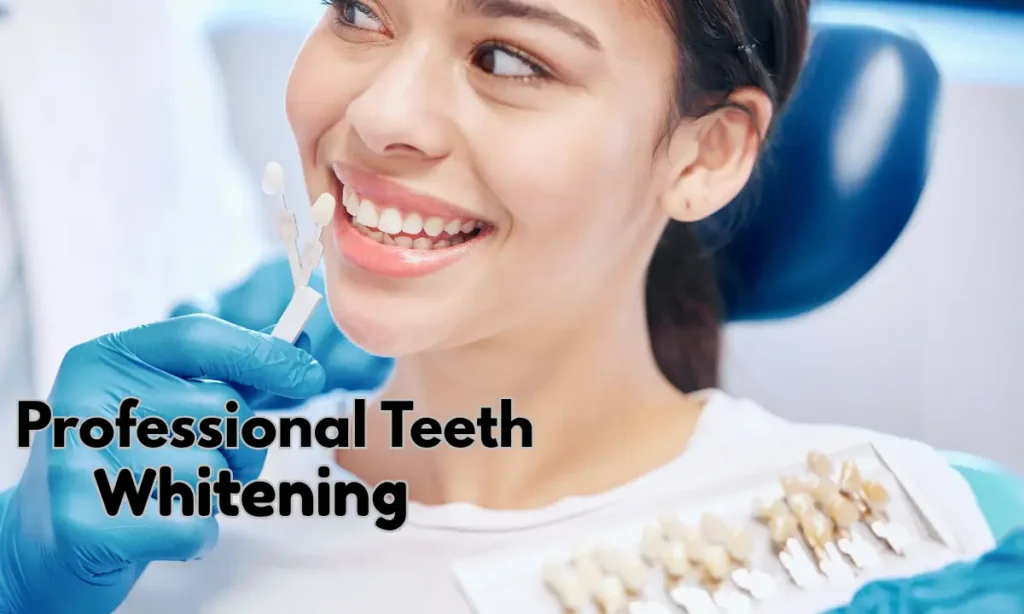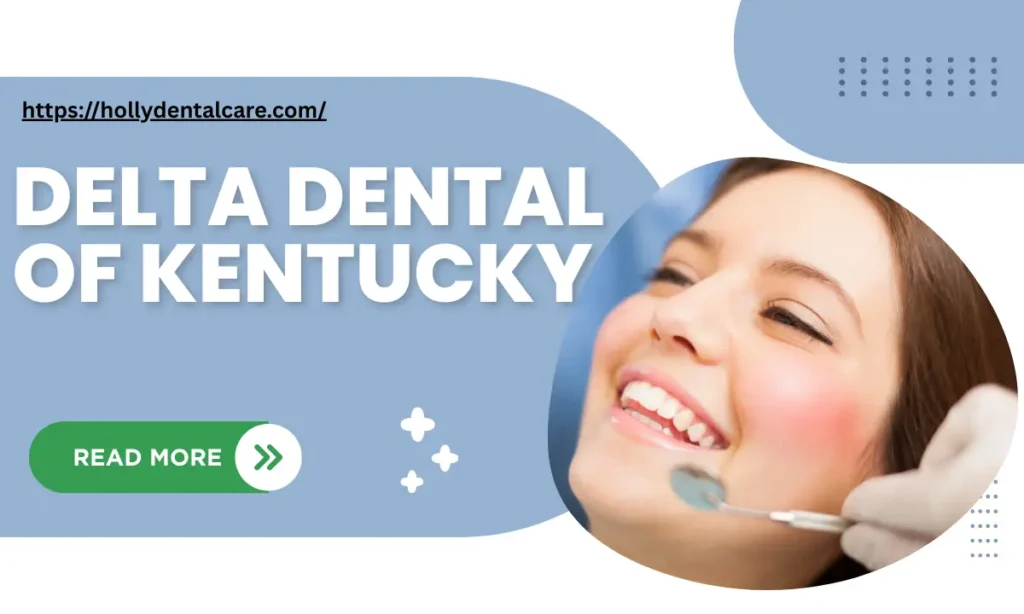Professional teeth whitening definitely can seem like a miracle solution. Especially for stubborn stains and yellowing teeth. However, is it the best option for your smile? With a professional whitening treatment, teeth are reportedly bleached. Especially in the office or at home, to whiten teeth. However, not everyone is an ideal candidate. Moreover, factors such as poor gum health and previous dental work may make other methods better for your smile. Further, there are alternative options to professional bleaching. Also, allowing everyone a way to address tooth discolouration.
Overview: Professional Teeth Whitening
Professional teeth whitening reportedly refers to dental bleaching procedures performed or supervised. Moreover, it offers stronger results in less time, with greater safety and precision. Professional whitening is furthermore ideal for individuals with extrinsic (surface) or intrinsic (internal) staining. Herein, it is often chosen before major life events. Such as weddings, interviews, or photoshoots. So, they can achieve a confidence-boosting smile transformation.
Causes of Tooth Discoloration
Extrinsic Stains
These stains occur on the outer enamel due to:
- Tobacco consumption or smoking
- Intake of unhealthy foods and drinks
- Inadequate oral care
- Exposure to the environment (e.g., fluoride present in water)
Intrinsic Stains
These occur within the tooth structure and are harder to remove:
- Aging (dentin darkening over time)
- Injury or trauma to the tooth
- Tetracycline or other antibiotic usage during the development of teeth
- High fluoride consumption (fluorosis)
Genetic Factor
Some individuals naturally have darker enamel or dentin, which can affect baseline tooth color.
Types of Professional Whitening Treatments
In-Office Whitening (Chairside Bleaching)
- Procedure: A concentrated peroxide gel (15–43%) is furthermore applied to the teeth. Also, activated using a special light or laser to accelerate the bleaching process.
- Time: One session lasts 60–90 minutes approximately.
- Results: Here, up to 8 shades lighter in one visit.
- Brands: Whitening, Opalescence Boost, KöR Whitening
Take-Home Whitening Kits (Custom Tray-Based)
- Procedure: Custom-fitted trays are reportedly created by the dentist. Moreover, the patient applies a lower-concentration peroxide gel at home for 1–2 weeks.
- Time: Here, 30–60 minutes daily or overnight (depending on the formulation).
- Results: Gradual and long-lasting.
- Advantage: Here, it can be used for maintenance after in-office treatment.
Risks and Considerations
Though professional teeth whitening is also safe. Especially when done correctly. Further, it’s important to understand potential side effects:
Tooth Sensitivity
This is definitely the most common side effect. Bleaching agents can also temporarily expose dentinal tubules. Thus, causing heightened sensitivity to temperature and pressure.
Gum Irritation
If whitening gel contacts the gums or lips. Then, it may cause a burning sensation or temporary inflammation.
Uneven Whitening
Teeth with dental restorations (crowns, fillings, veneers) will not bleach, leading to color mismatches.
Not Suitable for Everyone
Whitening is not recommended for:
- Pregnant or lactating women
- Children under 16
- Individuals with gum disease, cavities, or exposed roots.
- Patients with unrealistic expectations. Such as achieving “Hollywood white” from heavily stained teeth)
Preparing for Professional Whitening
Before undergoing treatment, patients should:
- Get a Dental Check-Up: Address cavities, gum issues, and tartar buildup beforehand.
- Discuss Expectations: Not all stains respond equally; intrinsic stains may need additional treatments.
- Choose a Qualified Provider: Look for experienced dental professionals or clinics. Along with good patient reviews and certified systems.
Post-Whitening Care: Maintaining a Bright Smile
To preserve results and minimize re-staining:
Avoid Staining Substances
Limit intake of tea, coffee, red wine, soy sauce, berries, and smoking, especially for 48 hours post-treatment, when enamel is more porous.
Use Whitening Toothpaste
Whitening pastes with mild abrasives help maintain results without damaging enamel.
Touch-Up Treatments
Depending on habits and stain severity, touch-ups may be needed every 6–12 months (especially with custom trays).
Emerging Trends in Professional Whitening
Laser Whitening
Lasers are used to activate the bleaching agent faster, leading to shorter treatment times and potentially less sensitivity.
Natural Whitening Boosters
Dentists are reportedly integrating remineralizing agents (e.g., nano-hydroxyapatite) and antioxidants (like phloretin or aloe vera). So, it can reduce post-treatment inflammation.
Digital Shade Matching
Modern practices use digital scanners to evaluate shade progression and standardize results more accurately.
Bioactive Whitening Systems
These new formulations furthermore combine whitening with enamel-strengthening minerals. So, it can minimize erosion.
Conclusion
Professional teeth whitening reportedly offers a safe, effective, and clinically supported method. Especially to brighten your smile and boost your confidence. Moreover, conducted under the supervision of dental experts. Hence, its procedure has become a trusted component of modern cosmetic dentistry. While over-the-counter (OTC) products are reportedly available. However, it often lacks the effectiveness, customization, and safety that professional treatments provide. Moreover, if you’re considering teeth whitening. Then, it’s further advisable to consult a dental professional. Especially those who can correctly recommend the most appropriate option. It is also based on your oral health and aesthetic goals.
Also read:- Private Dental Treatment Price List: Costs, Procedures & Savings Tips



